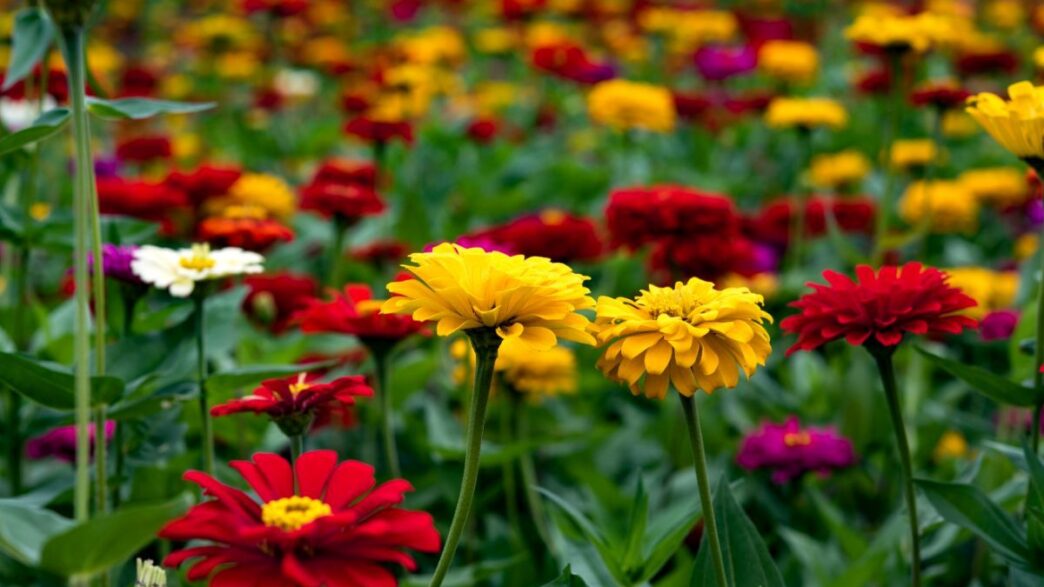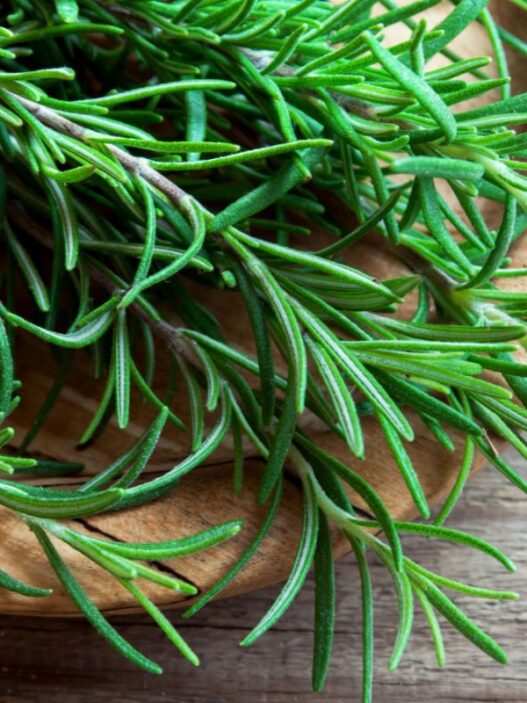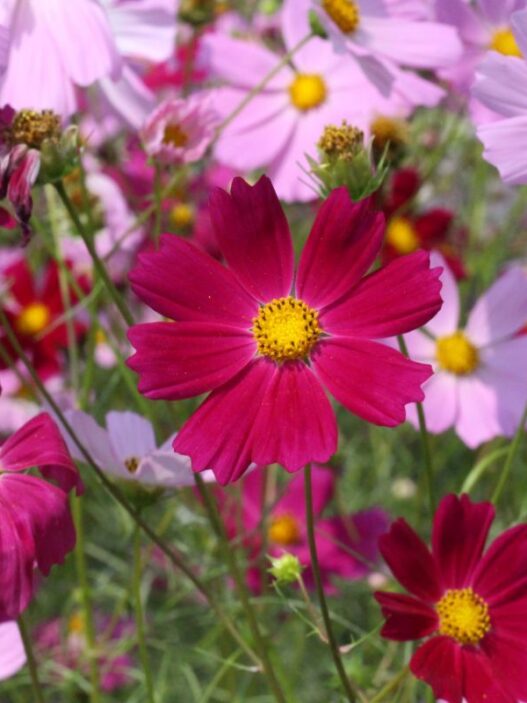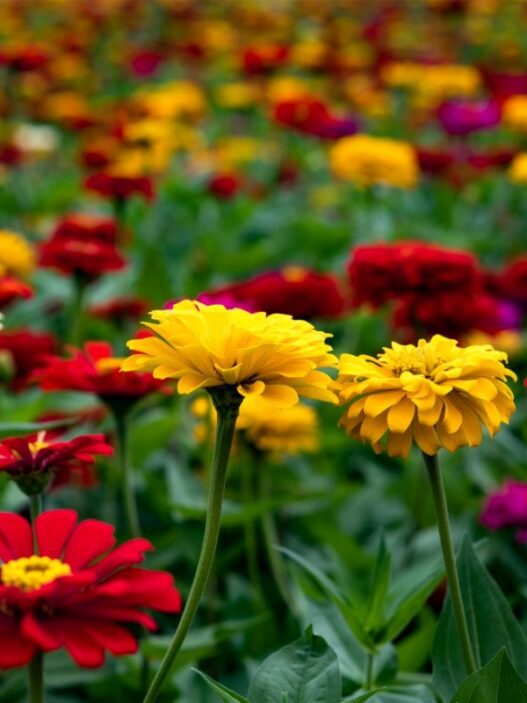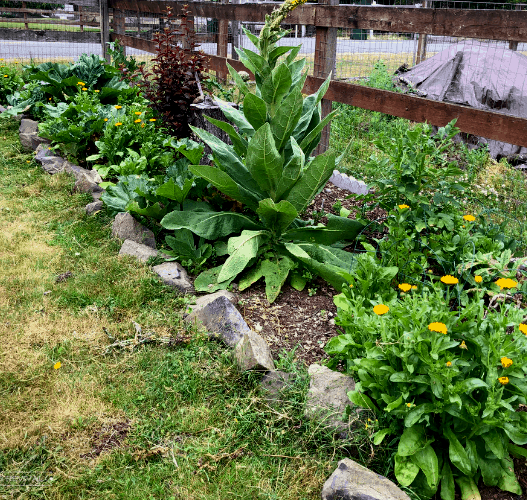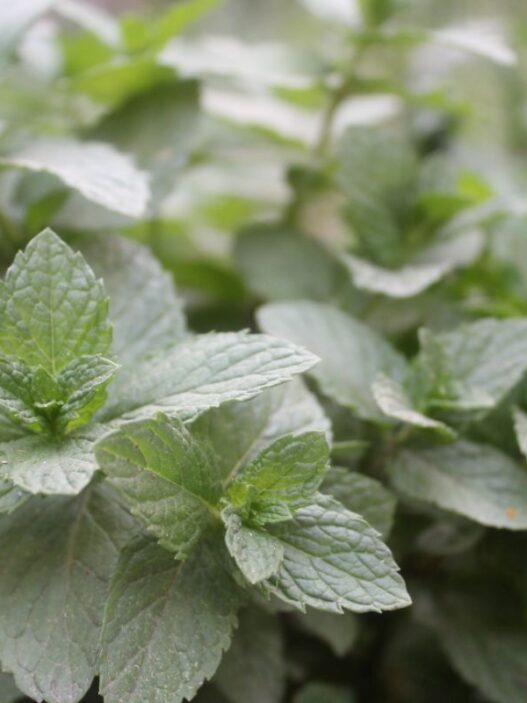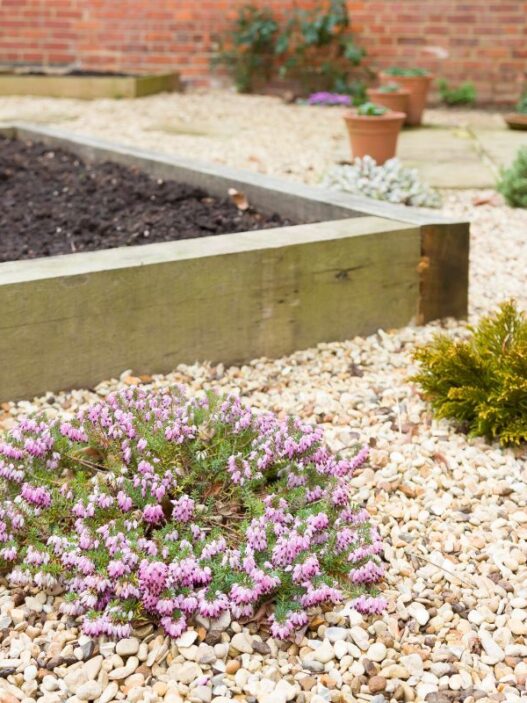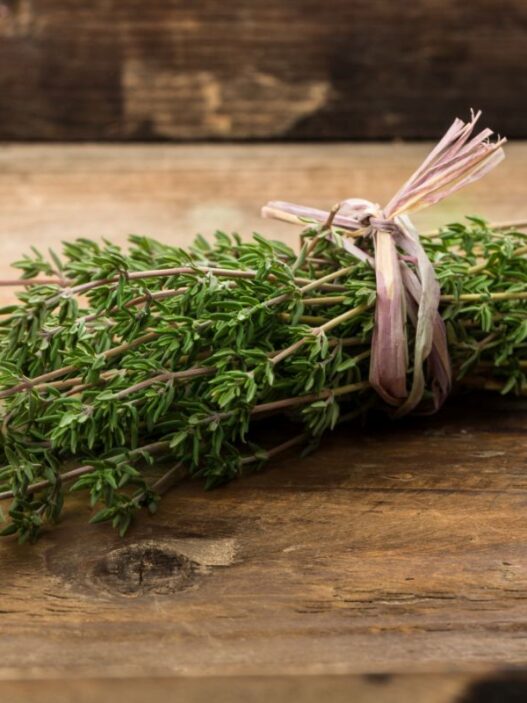Zinnia and Gazania belong to the same family (Asteraceae). But does that mean they are the same? Clue – They’re not! There are many differences between them that you never heard of.
The main 7 differences between zinnias and gazanias are:
- The growth habit
- The plant type
- The look and feel of the two
- The type of conditions required to grow them
- Petals never close on zinnias (but do on gazanias)
- Their growth season
- And the pests that attack both
Today, I’ll tell you about:
- 7 differences between Zinnia and Gazania
- Are there any similarities between Zinnia and Gazania?
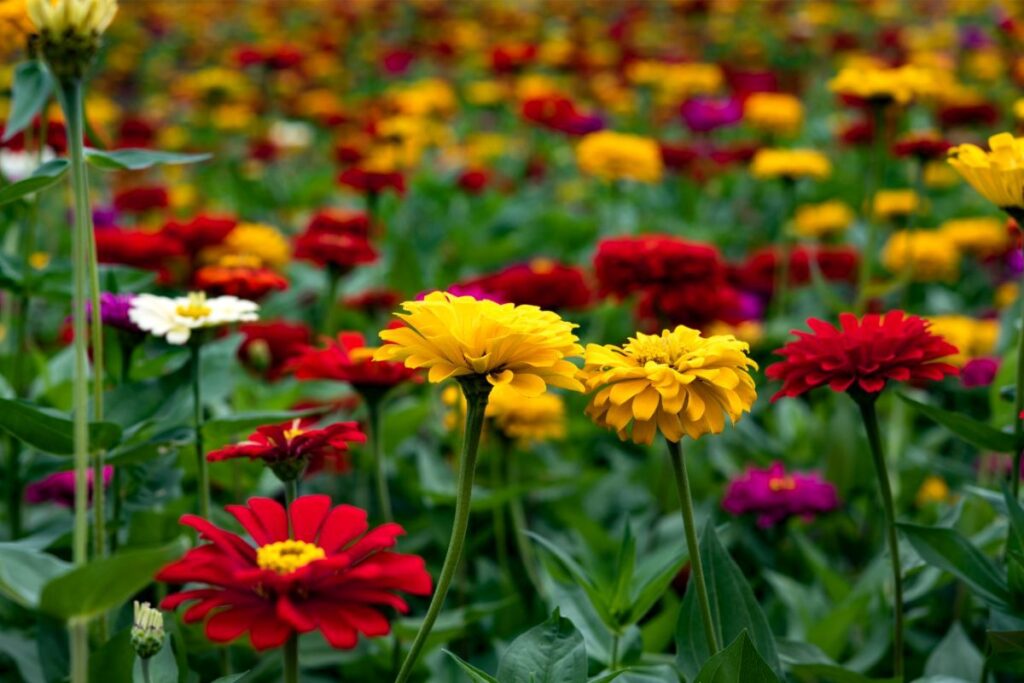
1. Growth Habit
Zinnias grow tall, and in a straight position. It almost feels like they’re reaching for the skies! Gazanias stay pretty low to the ground (like a floral carpet).
This makes them an excellent choice for covering the soil. So, in your garden, where you want to add a touch of color and can’t leave an empty space, Gazanias should be your go-to pick!
And listen, peeps – let me tell you something interesting! I’ve seen many people growing Gazanias recently for rock gardens.
2. Plant Type
Zinnias and Gazanias are beautiful, but only one of them stays with you over the long-term. And that is Gazania!
Yes, it’s a perennial and sticks around for more than one season. Once it settles into your garden, there’s absolutely no turning back. But for that to happen, you should take good care of it.
Zinnias are the annual guests. They join the floral party for just one season! You welcome their vibrant colors in the summer or spring, and then they’re done.
It’s like they come, make a splash, and then say goodbye until next time. If you ask me, Zinnias are just like those friends who drop by for a short (but lively) visit and are gone in no time.
3. Look and Feel
Zinnia flowers are the fireworks of the garden (super bright and colorful). They instantly grab your attention, and you’re left with no words to describe the beauty you just saw! In fact, their flowers are arranged in a way that shouts, “Hey, look right at me and nowhere else!”
Now, let’s talk about Gazanias.
Their look and feel are very simple (yet classy). They are not as flashy as Zinnias, but there’s something sweet about how pretty and different they are.
When you grow them side by side, your garden looks like a perfect, happy place!
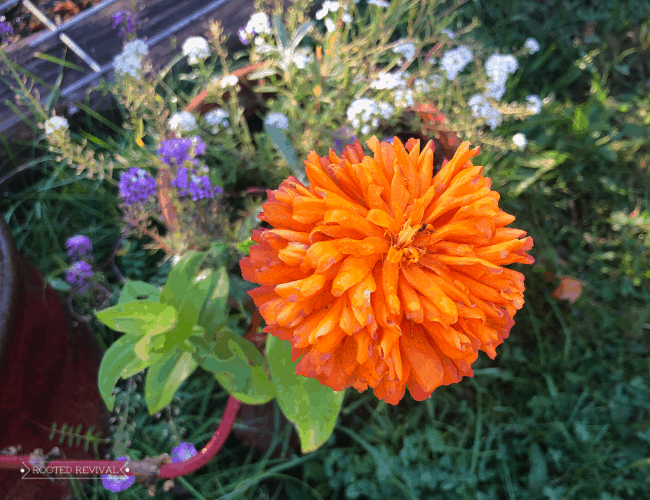
4. Growth Conditions
Zinnias are sun-bathers! They really enjoy being out there when the sun is all in glory. Also, they prefer their soil to be just right (not drowned in water) and rich in organic matter.
That’s why it’s a good plan to add compost, well-balanced fertilizer, or animal manure to the soil before planting. This definitely will cost you some money!
In short, Zinnias are like the superstars of your garden who want everything to be exactly in place.
If you see Gazanias, they are chill and won’t give you a hard time at all. Though they also like to party under the sun, they don’t expect much from you.
Even if you are not giving them a lot of water, they’ll survive like a true warrior.
And here’s something interesting! Gazanias can grow in any kind of land, even if it’s rocky or not the fanciest soil. They are low-maintenance and are proud of it!
5. Petals Closing
Zinnias are amazing flowers that never close their petals. They keep themselves all available for you. Why? Just so you can come anytime to your garden and see them singing along to the wind and spend some quality time.
On the other hand, Gazanias have a different routine. When it’s evening or suddenly the weather turns cloudy, these flowers take a nap. Their petals fold in and decide that it’s done for the day!
But don’t worry! It’s quite normal for Gazanias (and many other flowers). Once the sun is back or the day is bright again, they’ll open up their petals to greet you and the world.
6. Growth Season
Zinnias doesn’t like cold weather. When winter comes, they gracefully step back. So, if you want to plant them, wait about two weeks after the frosty days are over.
To cut the story short, spring is the best season to put their seeds in the ground and get things going.
Now, I’ve told you before, and I’ll mention it again: Gazannias are tougher. They can handle the wintery season if you promise to give them a cozy spot indoors.
So, here’s the trick: Before the frost comes, carefully take the Gazania plant out of the ground and bring it inside your home. Just put them where they can catch some sunlight, and that’s about it.
First, they made your garden gorgeous, and now (in winter), they’ll be all set to make your indoor place a piece of heaven!
7. Pests and Animal Attacks
When it comes to dealing with pests and animal attacks, Gazanias and Zinnias have their own tales to tell.
Let me start with Gazanias! They don’t seem to have any problems with pests. But, if the soil is extremely wet, they might get into some trouble (like root rot and powdery mildew). Sometimes, mealybugs can cause a worry, too.
Here’s a warning for you! Watch out for curious animals (like deer, rabbits, cows, and horses). They might find Gazanias quite tasty. So, it’s a good idea to think twice about where you plant them.
Zinnias often have to deal with powdery mildew (especially in places with lots of rain).
Caterpillars and worms might also eat their leaves. The good news is deer and rabbits don’t have a taste for Zinnias! So, in that area, you’re safe!
Is Zinnia the same as Gazania?
Although Zinnia and Gazania are different flowers, there are some major similarities between the two. They both belong to the Asteraceae family.
This botanical family (often called the aster, daisy, or sunflower family) includes numerous beautiful flowering plants (my favorites to grow in my garden).
An interesting similarity between Zinnias and Gazanias lies in the variety of colors they both offer.
Zinnia flowers grow in red, orange, pink, yellow, and white colors, while Gazanias showcase yellow, orange, pink, and white colors.
Ending Thoughts!
My fellow gardeners, I told you about all the 7 differences between Zinnia and Gazania. Also, I mentioned a few similarities between the two.
Let me be very honest with you: Both these flowers are gorgeous and make your garden look so pretty. So, if you decide to plant them together, you’re in for some visual treat.

